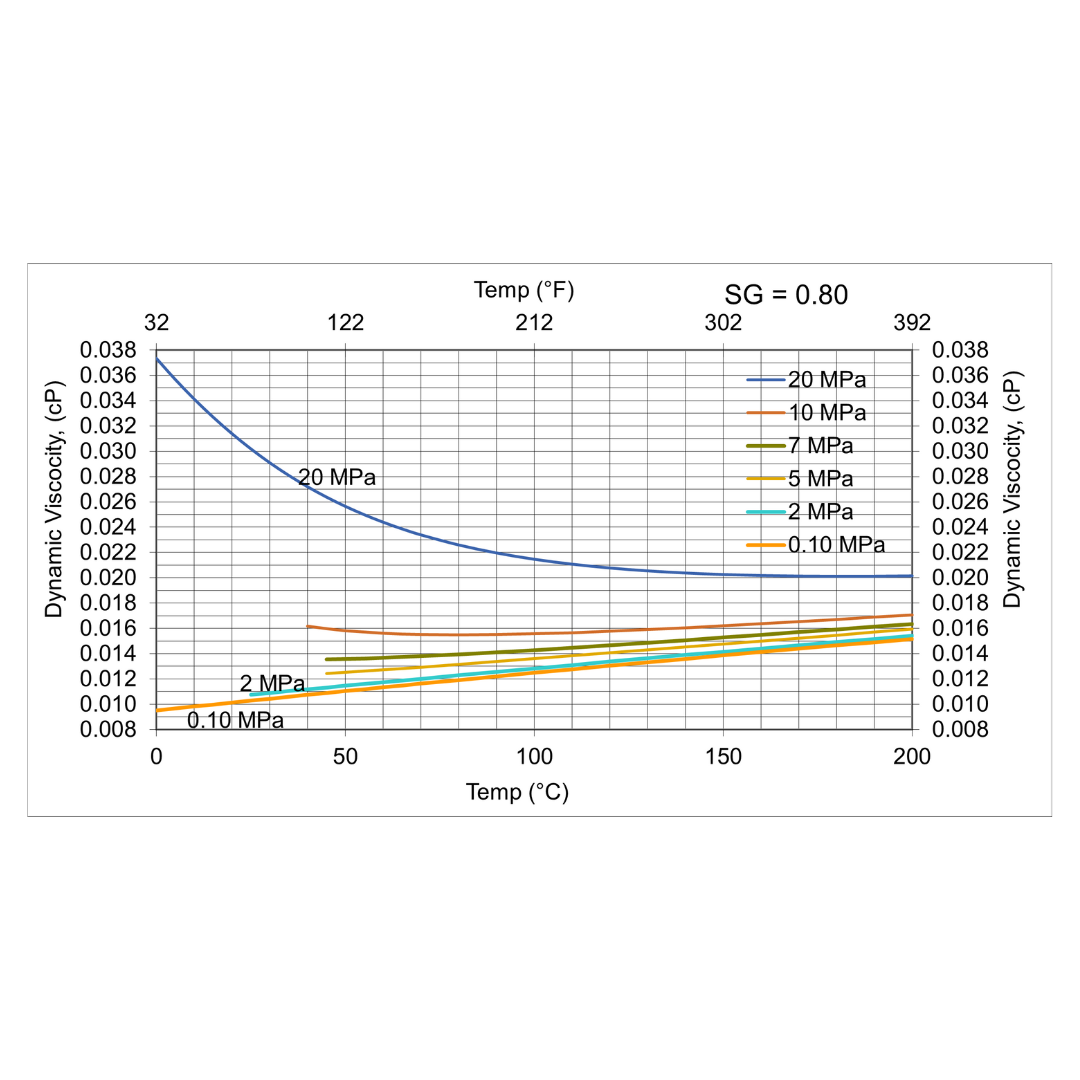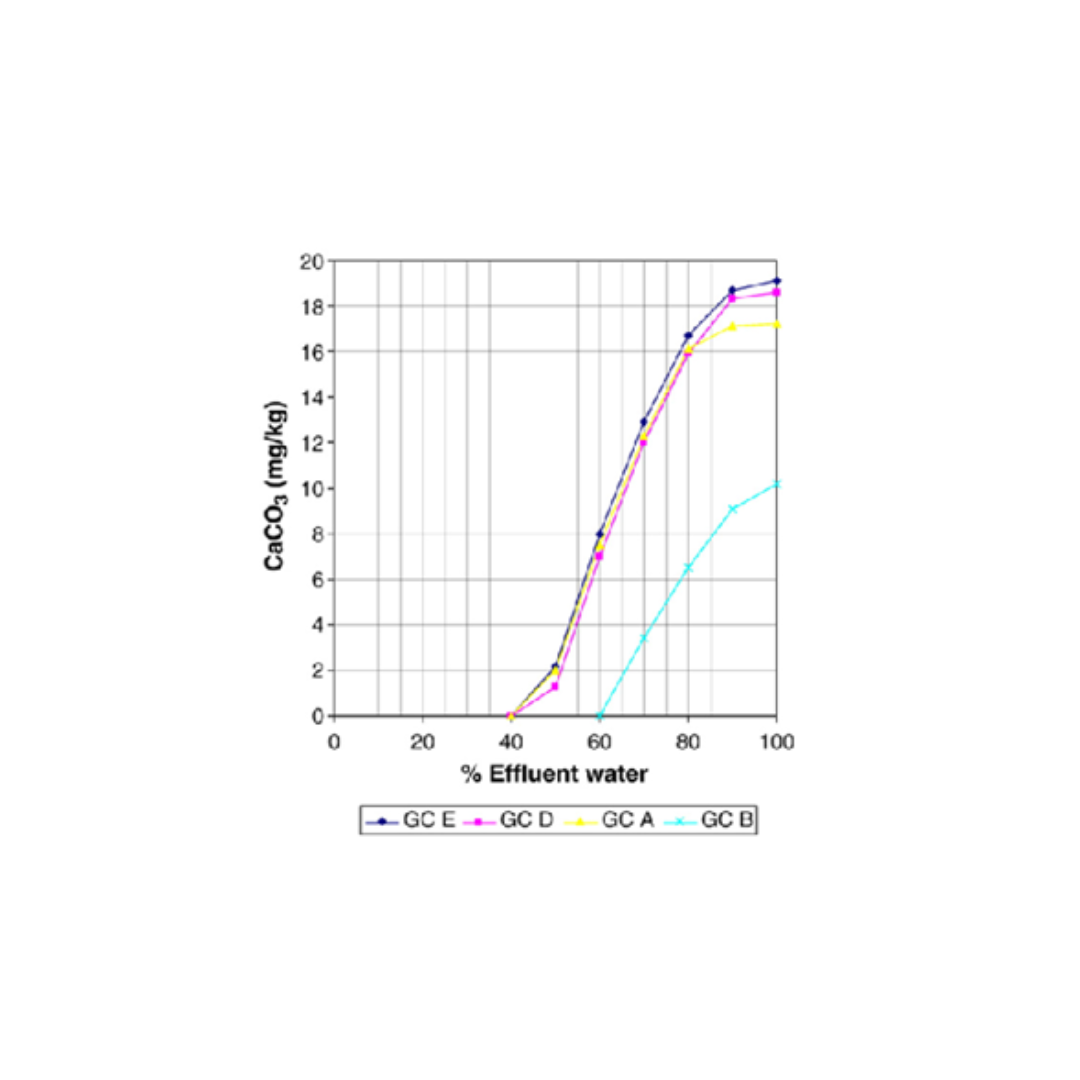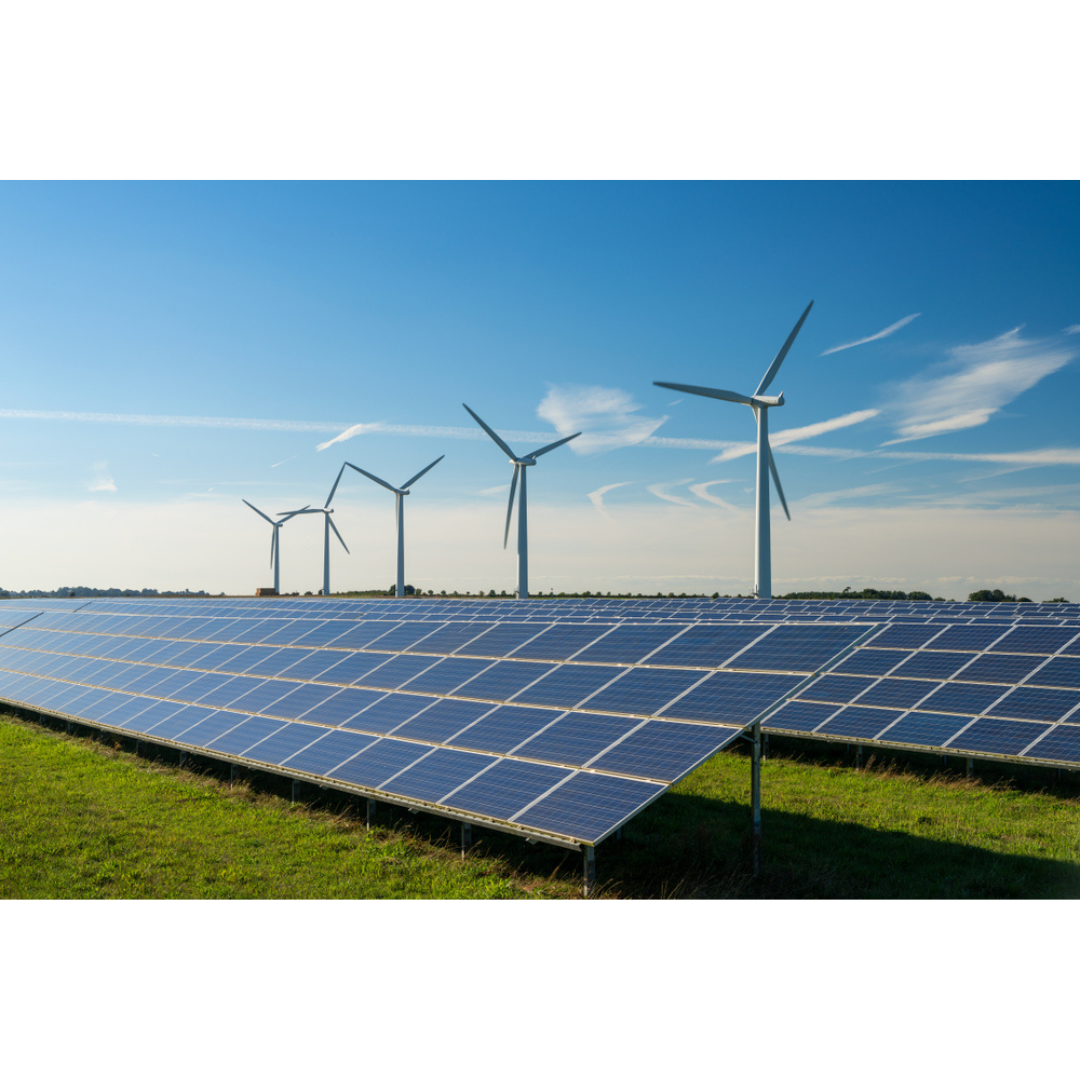
Variation of Natural Gas Viscosity with Temperature, Pressure, and Relative Density
December 20, 2022
|
Tip of the Month
In general, gas viscosity is used in fluid flow pressure drop calculations, detailed heat exchanger calculations, and droplet settling calculations for separation. It is also used for trouble shooting and equipment sizing.
In this Tip of The Month (TOTM), several options/methods for estimating viscosity of lean sweet natural (hydrocarbon) gases as ...
View Article

Oil Field Water Scaling Case Studies
November 1, 2022
|
Tip of the Month
The compatibility or scaling tendency of effluent production waters with reservoir formation waters in the oil field will be a major factor in determining the feasibility, as well as long term planning of produced water re-injection into a specific reservoir and defining engineering solutions for the injection system and specific compatibility of t...
View Article

Determining Traces of Methanol in the Gas Sweetening Process - Updates
October 1, 2022
|
Tip of the Month
The July 2016 tip of the month (TOTM) considered the presence of methanol in the sour gas stream and determined the quantitative traces of methanol ending up in the sweet gas, flash gas and acid gas streams. To achieve this, the tip simulated a simplified MDEA gas sweetening unit by computer. That tip also studied the effect of feed sour gas temper...
View Article

The Realities of Big Wind and Solar and the Need for Responsibly Produced Hydrocarbons – Part 1 Why Energy Density Matters
September 1, 2022
|
Tip of the Month
The U.S. recently passed the Inflation Reduction Act (IRA) of 2022 which “doubles down” on environmental justice and renewable energy [1]. The newly created Clean Electricity Investment Tax Credit (CEITC) is available for any investment in qualified electric generators and storage facilities that are placed in service after December 31, 2024, that...
View Article

Part-2: Estimation of Solubilities of Benzene, Toluene and Ethylbenzene into Acid Gas Loaded Aqueous MDEA Solutions
August 3, 2022
|
Tip of the Month
Continuing July 2022 tip of the month, this tip demonstrates applications of the models developed based on the experimental VLE and VLLE data measurements presented in the Gas Processors Association (GPA) research report RR-242. The models will be used for estimation of solubilities of a mixture consisted of Benzene, Toluene, and Ethylbenzene in lo...
View Article

Gasoducto de Larga Distancia Nord Stream - Parte 3 Aplicación de las ecuaciones Básicas y AGA para aproximar el flujo máximo en un gasoducto de larga distancia
July 25, 2022
|
Tip of the Month
Introducción
En seguimiento de los dos últimos Previos del Mes (TOTM/PDM) sobre el gasoducto Nord Stream de larga distancia, el cual transmite el gas natural desde Rusia hasta Europa, este PDM resume la aplicación de varias correlaciones/ecuaciones disponibles para determinar la capacidad máxima de susodicha línea de larga distancia. Adicionalmen...
View Article







